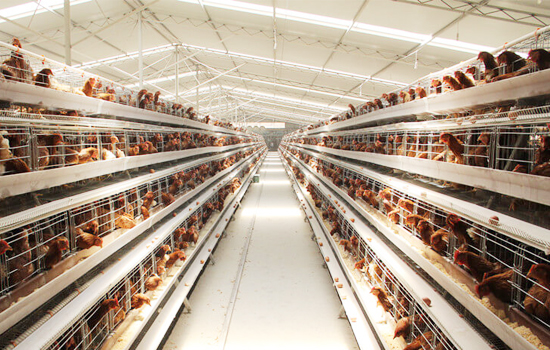Four farming techniques for raising chickens in layer cages
- Published in Method of breeding chicken
Nowadays, farmers generally use poultry battery cages to raise chickens. Intensive in the use of layer cages for breeding. People's demand for eggs has been increasing. Many choose to raise chickens. The most important thing about raising chickens in layer cages is not the way of raising chickens, but the skills in the process of raising chickens in layer cages.
Farmers should observe the flocks carefully and diligently. Farmers should observe frequently during the breeding process. Only observe more to understand the situation of the chicken. The abnormality of the flock can only be found when there is a problem. And farmers cannot close themselves. Communicate more with experienced farmers. Learn skills from others. When you encounter a problem, think more about finding the cause.

Possess disinfection and immunity thoughts. There are also many bacteria in chicken farms. If the farmers do not pay attention to disinfecting the chicken coop. It can also easily cause chickens to get sick. Affect the health of chickens. The best way is to establish the concept of frequent disinfection. In addition, there must be an idea of immunity. Because immunization can effectively prevent diseases. Therefore, farmers must do a good job of epidemic prevention according to regional epidemics.
Choose the right chicken breed. Select the species according to the breeding method. There are many types of laying hens. Foreign varieties have the advantages of fast growth, high egg production rate, and high feed conversion rate. This is suitable for large-scale factory farming of chicken farms. It is not easy for small farmers to introduce foreign species. Therefore, farmers should choose according to their own scale and region.
An environment suitable for chicken growth. Layer breeding equipment can provide a good environment for layer breeding. It can automatically feed, automatically ventilate, automatically collect eggs, and automatically clean manure, etc. Not only can it reduce the expenditure of human and material resources for the farmers, but also provide a good environment for the chickens and reduce the possibility of the chickens getting sick.

